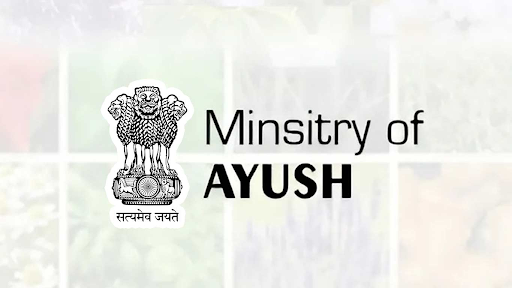Description

Figure 1: No Copyright Infringement Intended
Context:
- Recently, the Supreme Court collegium has recommended the elevation of Madras High Court Acting Chief Justice (ACJ) Munishwar Nath Bhandari as its Chief Justice.
About Collegium System:
- Collegium System is a system under which appointments and elevations of judges and lawyers to the Supreme Court and the High Courts, and also transfer of judges to High Courts and the Apex court are decided by a forum of the Chief Justice of India and 4 senior most judges of the Supreme Court.
Appointment to Judiciary:
Constitutional Provisions:
- Judges of the Supreme Court and High Courts are appointed by the President under Articles 124(2) and 217 of the Constitution.
- The President is required to hold consultations with such of the judges of the Supreme Court and of the High Courts as he may deem necessary.
- Article 124(2) says: “Every Judge of the Supreme Court shall be appointed by the President by warrant under his hand and seal after consultation with such of the Judges of the Supreme Court and of the High Courts in the States as the President may deem necessary for the purpose and shall hold office until he attains the age of sixty-five years.
In Practicality:
- It is appointed by recommendations of a collegium system.
- Collegium system is the system of appointment and transfer of judges that has evolved through judgments of the Supreme Court, and not by an Act of Parliament or by a provision of the Constitution.
- The Supreme Court collegium is headed by the Chief Justice of India and comprises four other senior most judges of the court.
- The government’s role is limited to getting an inquiry conducted by the Intelligence Bureau (IB) if a lawyer is to be elevated as a judge in a High Court or the Supreme Court.
- It can also raise objections and seek clarifications regarding the collegium’s choices, but if the collegium reiterates the same names, the government is bound, under Constitution Bench judgments, to appoint them as judges.
Evolution of Collegium System:
1st Judges Case:
- The Supreme Court held that the concept of primacy of the Chief Justice of India was not really to be found in the Constitution.
- The Constitution Bench also held that the term “consultation” used in Articles 124 and 217 was not “concurrence” — meaning that although the President will consult these functionaries, his decision was not bound to be in concurrence with all of them.
2nd Judges Case:
- It devised a specific procedure called ‘Collegium System’ for the appointment and transfer of judges in the higher judiciary.
- It gave primacy to the CJI in matters of appointment and transfers while also ruling that the term “consultation” would not diminish the primary role of the CJI in judicial appointments.
- The court said that the recommendation should be made by the CJI in consultation with his two senior most colleagues, and that such recommendation should normally be given effect to by the executive.
- It held that executive can ask for reconsideration, but if reiterated the same name, executive will have to make the appointment.
3rd Judges Case:
- The recommendation should be made by the CJI and his four senior most colleagues, instead of two leading to birth of new collegium system.
- It also held that Supreme Court judges who hailed from the High Court for which the proposed name came, should also be consulted.
- It was also held that even if two judges gave an adverse opinion, the CJI should not send the recommendation to the government.
Challenges to Collegium system:
- The system is non-transparent, since it does not involveany official mechanism or secretariat.
- It is seen as a closed-door affair with no prescribed norms regarding eligibilitycriteria or even the selection procedure.
- There is no public knowledge of how and when a collegium meets, andhow it takes its decisions.
- It violates the principle of separation of power as judges are appointing themselves. It has led to tyranny of unelected.
- There is the lack of a written manual for functioning, the absence of selection criteria, thearbitrary reversal of decisions already taken, the selective publication of records of meetings.
Possible reforms in collegium system
- At the Supreme Court level, a secretariat is required since the Supreme Court collegium (its composition varies when comes to the appointment of High Court Judges) has a decisive role toplay in appointing judges to both High Courts and the Supreme Court.
- There is an urgent need to develop appropriate criteria for determining the merit. Arun Jaitley, the then leader of opposition in Rajya Sabha, advocated the need to develop objective criteria for determining eligibility and suitability of candidate for appointments.
- Need for Transparency in Collegium system:
- Vacancies in the Supreme Court and the High Courts shall be announced in advance.
- The practice of providing regional and demographic representationin the Supreme Court shall be formally acknowledged and their extent earmarked.
- Even with respect to appointment of judges to the High Courts, the percentage of judges selected/to be selected from each of the two categories mentioned inthe Constitution shall be announced.
- List of candidates, who had applied, nominated or considered by the members of the collegium on their own, shall be maintained.
Conclusion:
Supreme Court itself has accepted that collegium system needs to be reformed. With, more pressure and demand for transparency in working of judiciary, it is high time that court makes system more transparent, participative and representational.












